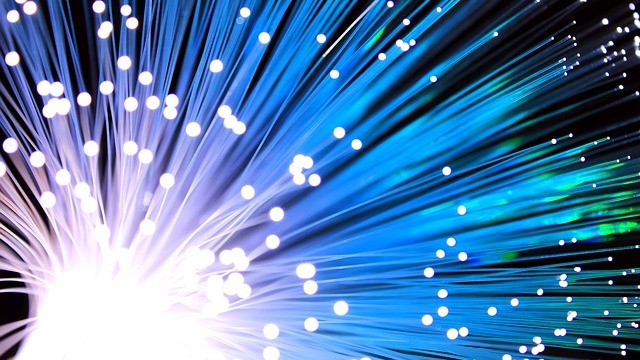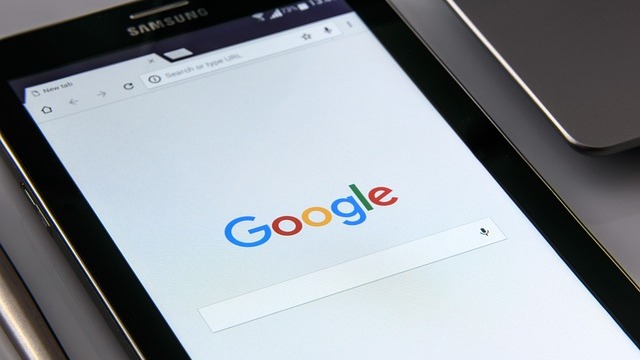
The Broadband Divide: A Barrier to Growth
As we find ourselves entrenched in an increasingly digital society, having a high-speed internet connection has become as critical as essential utilities like water and electricity. Unfortunately, not everyone has equal access to fiber-optic connections, which has significant implications for homeowners and economic mobility.
Why Fiber Matters
Fiber broadband is often heralded as the gold standard due to its superior speed and reliability compared to older technologies such as DSL and cable. This technological edge directly impacts not only online activities but also home values.
Recent research indicates that homes in areas with established fiber-optic networks experience value appreciation that far exceeds national averages. As the demand for seamless online experiences rises, a lack of access to fiber could mean a lack of competitive advantage for homeowners and even entire communities.
The Ripple Effect of Internet Inequality
The societal consequences of the broadband divide are far-reaching. Limited internet access stifles opportunities for online education, remote work, and digital commerce, particularly in underserved areas. Such restrictions can lead to a decay in local economic growth and workforce development.
Nicol Turner Lee of the Brookings Institution astutely observes, "The economic and social consequences of being digitally invisible are real." This invisibility can perpetuate cycles of poverty and disenfranchisement, particularly among marginalized communities who stand to gain the most from expansive internet availability.
Shifts in Housing Markets
Furthermore, studies show that neighborhoods equipped with fiber-optic infrastructure witness a steady increase in property values. This trend widens the wealth gap between those who have access to high-speed internet and those who do not. Homeownership, often considered a foundational aspect of building wealth, becomes increasingly unreachable for those in digitally excluded areas.
Moving Toward Equal Access
Efforts to bridge the broadband gap are gaining momentum. Several initiatives aim to ensure that fiber-optic technology is more universally available and affordable. Governments and organizations must prioritize funding and resources to install this essential technology in underserved communities so that every homeowner can access the benefits.
Not only do we need to advocate for better internet access, but we must also recognize its direct link to social equity and economic opportunity. Without strategic interventions, the current divide will only continue to deepen, leading to further injustices.
Taking Action
Now is the time for communities, policymakers, and citizens to engage in dialogue about broadband access. Demand equitable solutions in local governments and support initiatives that focus on digital inclusion. As we navigate this digital era, let us not forget the importance of equitable access for all.
 Add Row
Add Row  Add
Add 

 Add Row
Add Row 


 Add Element
Add Element 

Write A Comment